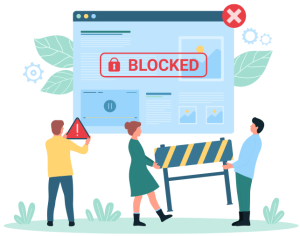Are you concerned about the recent reports of teens being rushed to the hospital after vaping? The vaping problem is only getting worse. This is how we talk to teens and change the way they think abou...
You're almost there...
Register or Login to your account to view requested content.

Joining the Cyber Safety Plus Membership has many benefits including:
- Exclusive Articles and Practical Advice
- Extensive Online Training Library
- Monthly Live Zoom Meetings
- Supportive Parent Community
- And More!





